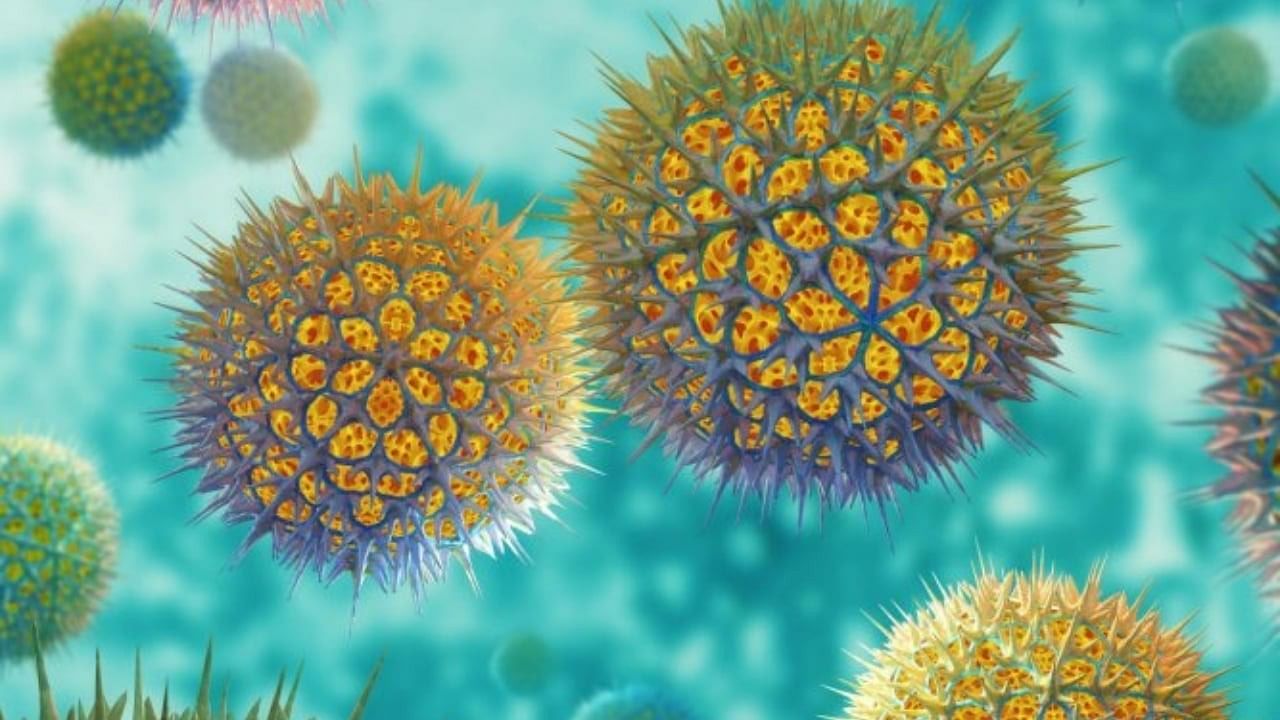
Representative image.
Credit: iStock Photo
The second high-level meeting on antimicrobial resistance (AMR) will take place in New York on September 26 under the aegis of the United Nations General Assembly, aiming to secure financial and programmatic commitments from member States.
AMR has emerged as one of the most pressing threats to public health in the 21st century, with significant economic and social impacts that extend beyond individual health. If no further action is taken, AMR is projected to claim more than 39 million lives globally between now and 2050, according to a landmark study by the Global Research on Antimicrobial Resistance (GRAM) Project published this week.
In India, the situation is alarming: infections were responsible for nearly five million deaths in 2019, of which 1.27 million were directly attributed to AMR. Children and the elderly are particularly vulnerable to the threat AMR poses to their medical care. It is therefore vital to address and arrest the spread of AMR.
However, the focus of Indian efforts to curb AMR remains largely restricted to regulating doctors’ prescription practices and pharmacists’ dispensing practices. This approach is akin to shutting the stable doors after the horse has bolted. To rein in its spread, we need to examine the key driver of the proliferation of AMR bacteria: the sanitation crisis that afflicts Indian cities.
Indian cities, characterised by rapid growth, inadequate infrastructure, and environmental challenges, create ideal conditions for the spread of AMR. The sprawling urban landscapes, marked by high population densities and often poorly managed sanitation systems, play a crucial role in this crisis. Inadequate sewage systems and poor waste management practices result in the release of untreated or partially treated waste into the environment. This waste, often laden with antibiotic residues and resistant bacteria, contaminates water bodies and the surrounding environment, creating hotspots for the resistant strains.
Bengaluru is a prime example—a city facing severe sewage and sanitation challenges. The city generates around 1,440 million litres of sewage daily, but its treatment plants can only handle about 50 per cent of that load, leaving the rest to flow untreated into lakes, rivers, and stormwater drains, according to a 2018 study.
The 2022-23 report by the Karnataka State Pollution Control Board indicates that 90 per cent of the city’s lakes are polluted due to sewage inflow. The National Family Health Survey-5 (NFHS-5) shows that only 50 per cent of households are connected to the underground sewage system, with many relying on septic tanks or open drains, contributing to widespread contamination. Surveillance of Bengaluru’s wastewater in 66 open drain sites conducted by Precision Health in 2022 found widespread drug resistance in the bacteria detected. The study revealed the presence of drug-resistant Enterobacteriaceae in the wastewater—the bacteria responsible for infections such as urinary tract infections, pneumonia, and sepsis—highlighting the alarming spread of antibiotic-resistant strains of common infections.
The environmental pollution stemming from pharmaceutical manufacturing also contributes to AMR. Industrial effluents containing high concentrations of antibiotics are frequently discharged into rivers and lakes, further polluting water sources and fostering reservoirs of resistant bacteria. Studies highlight the gravity of this issue: a 2015 study (Skariyachan et al.) on the microbial pollution of the Cauvery River in Karnataka found that 93.51 per cent of bacterial isolates were multidrug-resistant, illustrating the extent of resistance present in vital drinking water sources.
The Ministry of Health and Family Welfare has outlined strategies for addressing these sanitation-related issues in the 2017 National Action Plan on AMR. The plan underscores the need for improving sanitation and hygiene as part of a multi-sectoral approach to combat AMR. However, while the National Action Plan sets ambitious goals, the implementation often falls short, especially in densely populated urban slums where sanitation infrastructure is lacking. This disconnect between policy and actual conditions on the ground means that many areas continue to suffer from inadequate waste management and ongoing environmental contamination.
Effective management of sanitation and AMR requires a coordinated approach spanning multiple sectors, including health, environment, and urban development. The precarious nature of Indian cities creates a significant hurdle in managing AMR. A multifaceted approach that integrates improved sanitation, robust waste management, and coordinated policy implementation is imperative.
Last month, Karnataka’s Minister for Health and Family Welfare, Dinesh Gundu Rao, directed officials to take action against the indiscriminate over-the-counter provision of antibiotics by pharmacists to rein in AMR. This is a welcome measure given that the 2021 State of the World’s Antibiotics report from the Centre for Disease Dynamics, Economics & Policy (CDDEP) listed India as one of the highest consumers of antibiotics globally. To tackle AMR, the breeding grounds for superbugs in our cities must be squarely in our sights.
(The writers are with Ramalingaswami Centre on Equity and Social Determinants of Health, Public Health Foundation of India, Bengaluru)